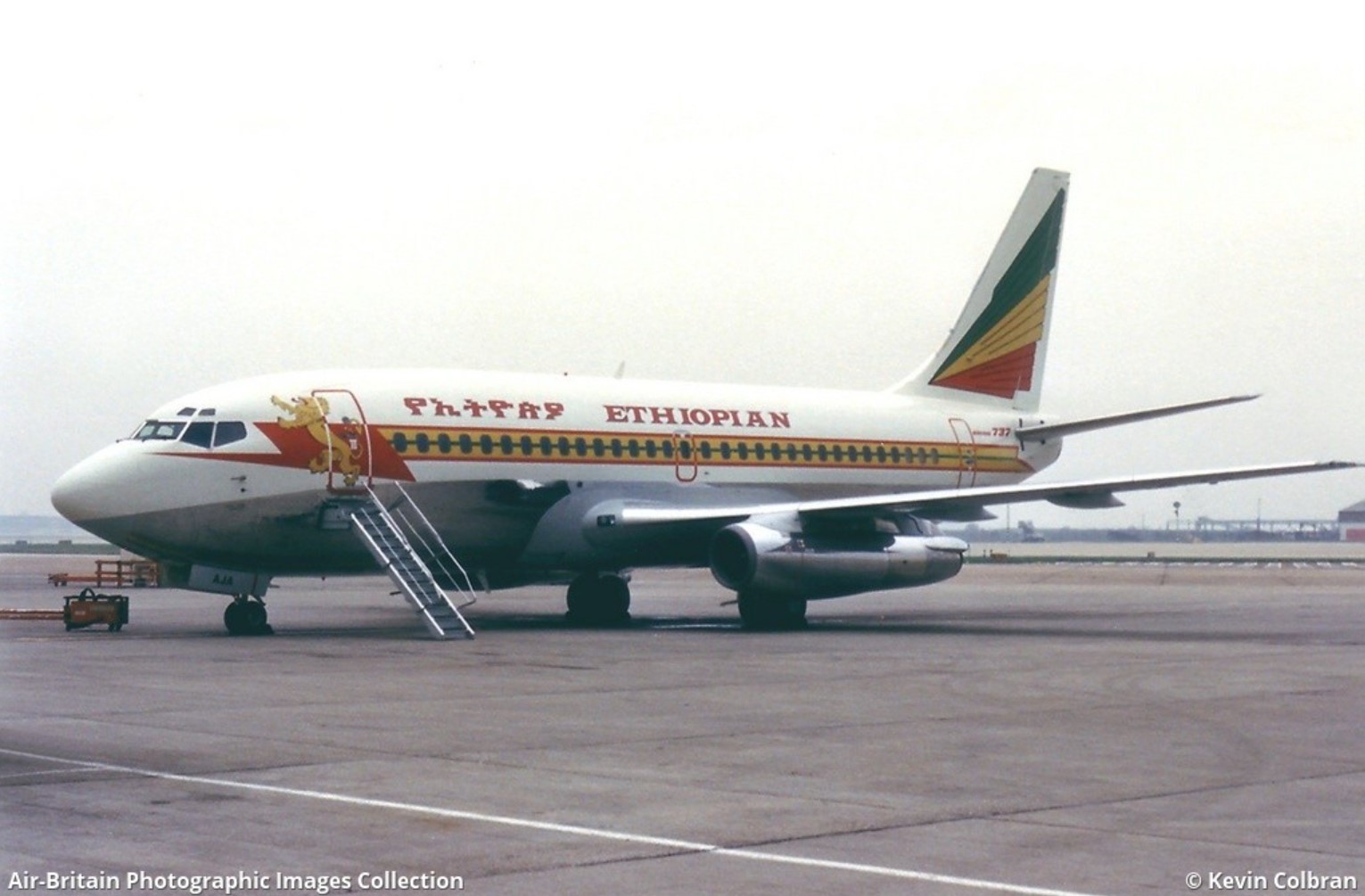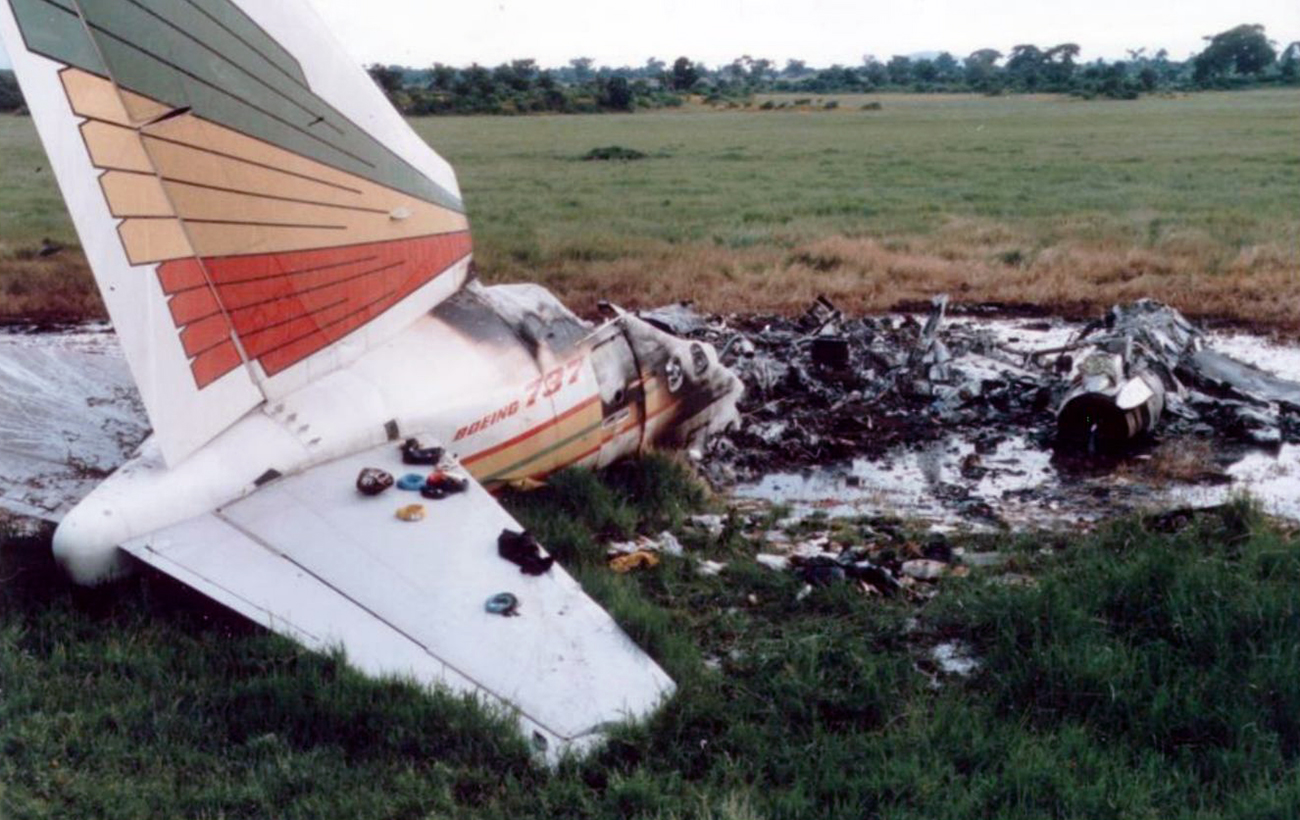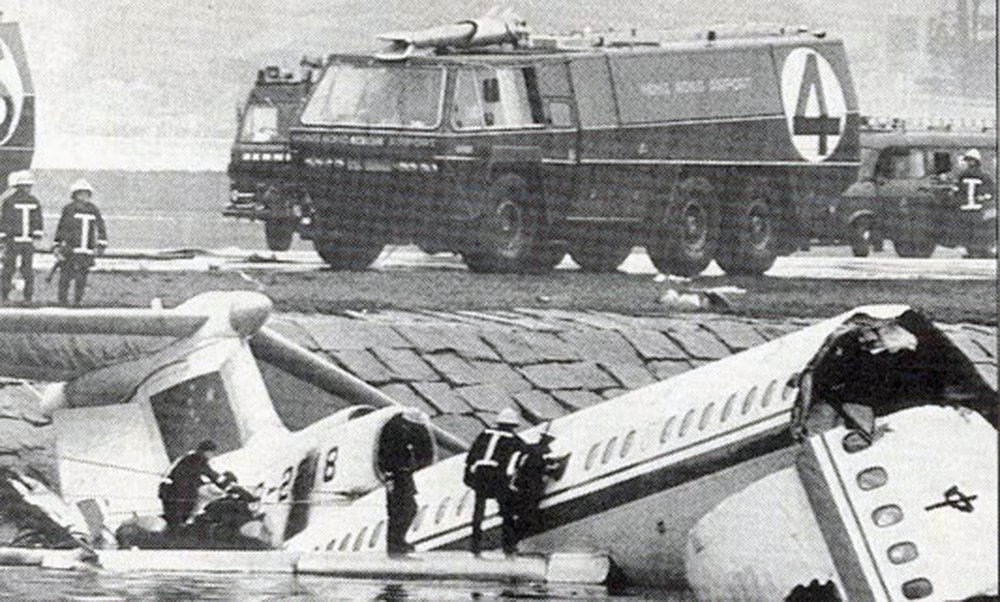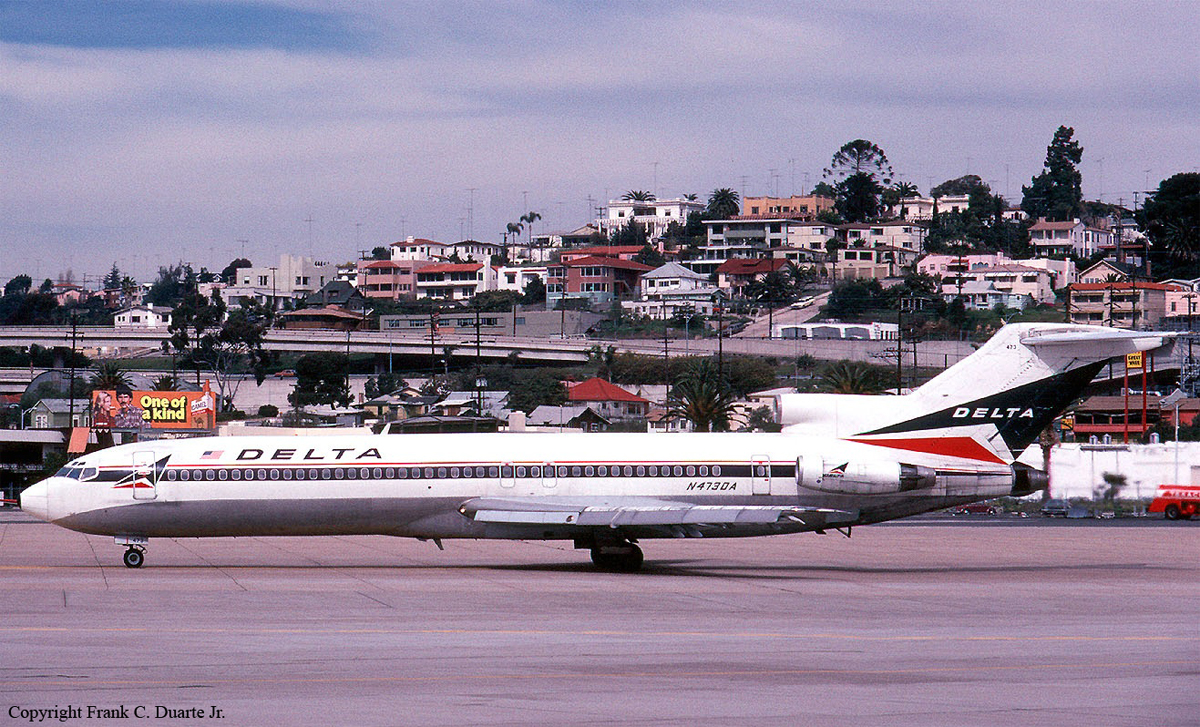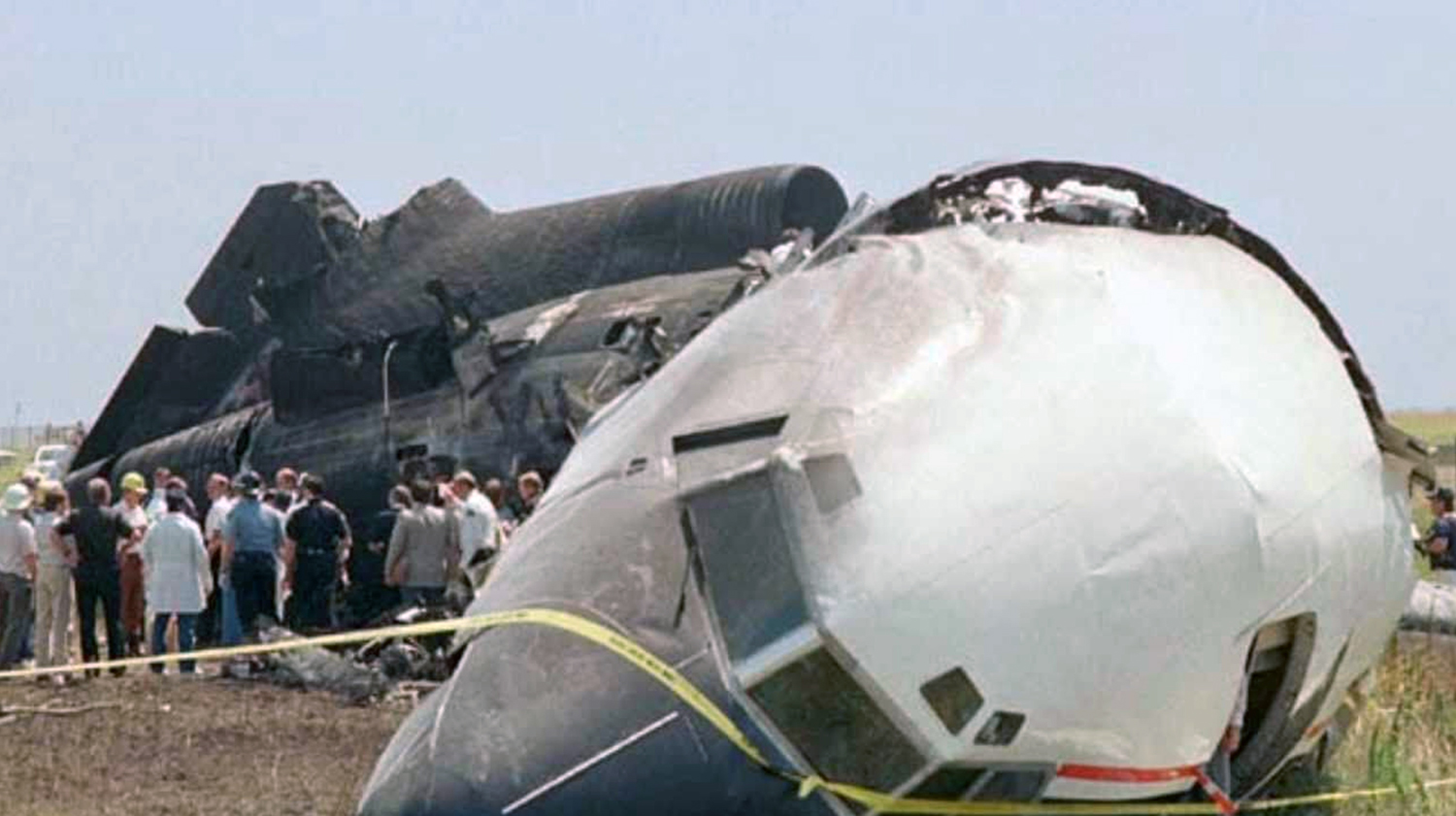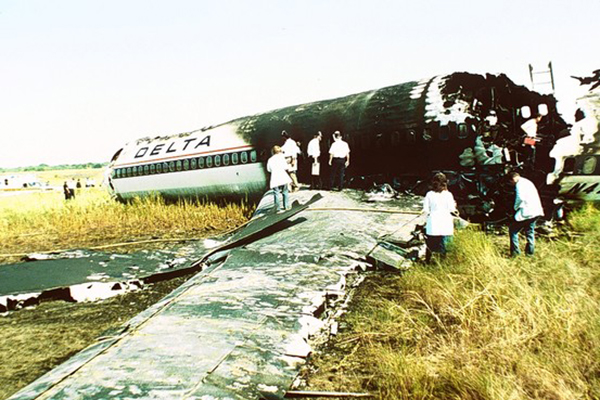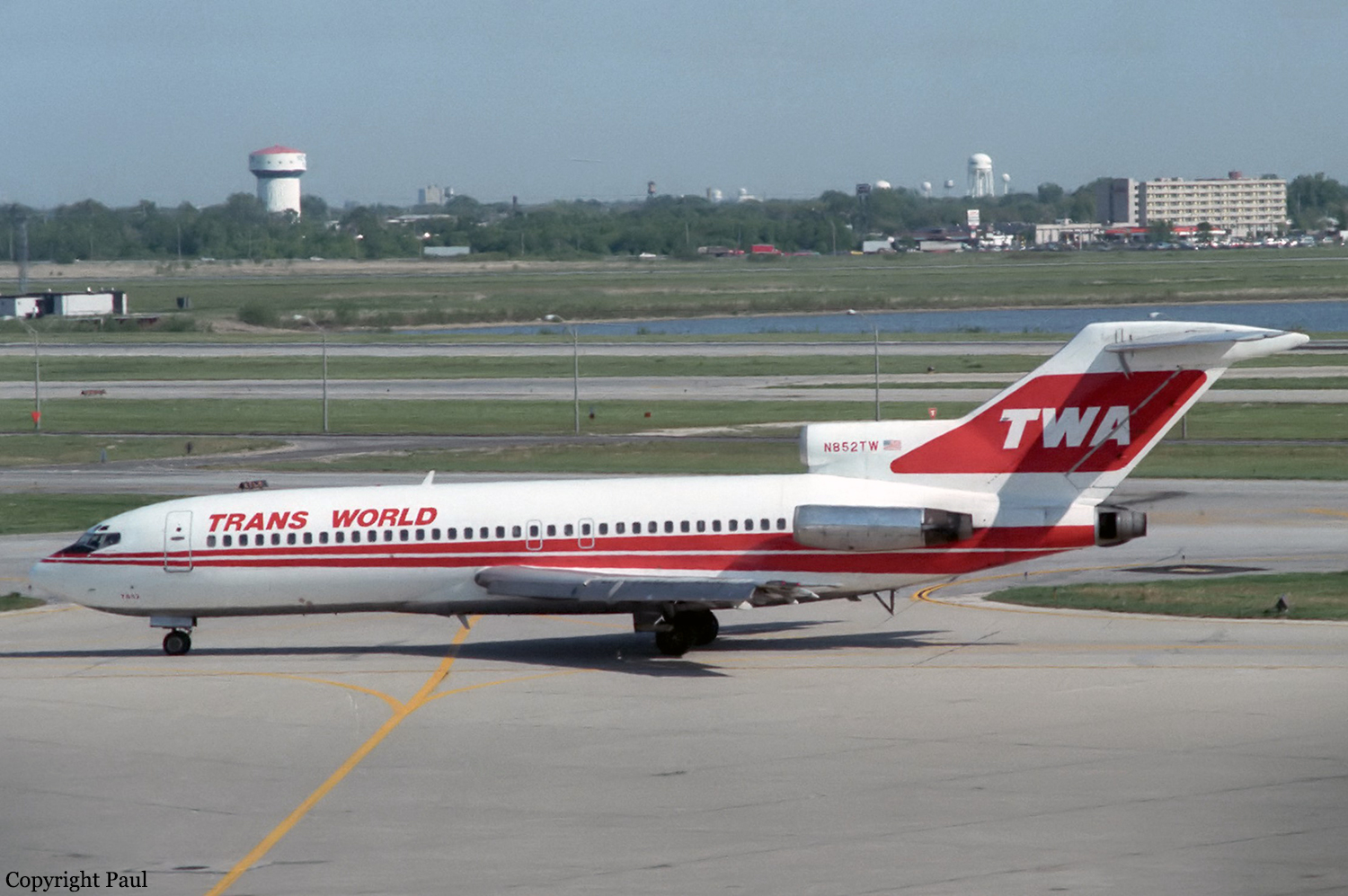Ground accident of a Fokker F27 Friendship 100 in Calcutta
Date & Time:
Sep 23, 1988 at 1145 LT
Registration:
VT-DMB
Survivors:
Yes
Schedule:
Calcutta - Biratnagar
MSN:
10172
YOM:
1961
Flight number:
PF701
Crew on board:
4
Crew fatalities:
Pax on board:
39
Pax fatalities:
Other fatalities:
Total fatalities:
0
Aircraft flight hours:
53680
Aircraft flight cycles:
51890
Circumstances:
While taxiing at Calcutta-Dum Dum in poor visibility, the aircraft collided with a catering truck. On impact, a part of the left wing was torn off and the aircraft came to rest. All 43 occupants were evacuated safely and the aircraft was damaged beyond repair. All three people on board the catering truck were seriously injured.
Probable cause:
It was determined that the driver of the catering truck failed to observe the ground markings and was unaware he was rolling on a taxiway. The lack of visibility was a contributory factor as the crew of the F27 was unable to see and avoid the truck.



